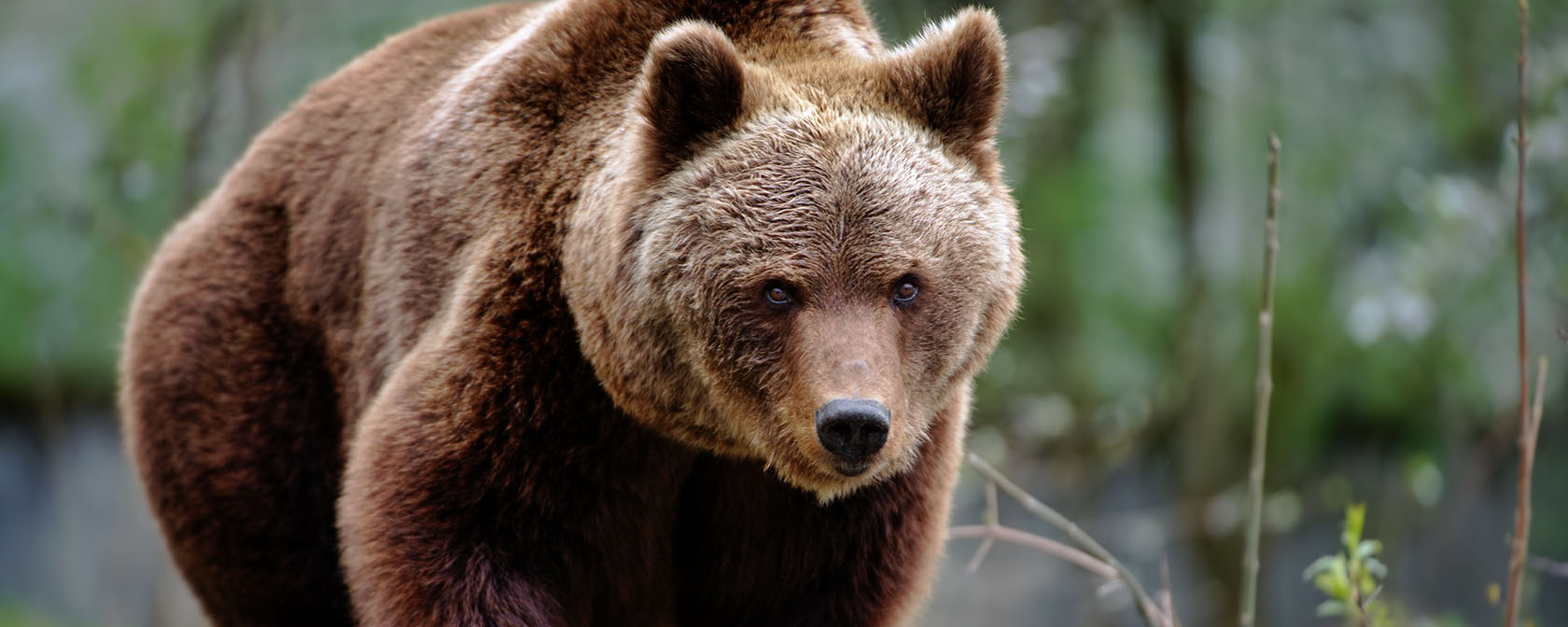Not only is it hot—very hot—in Washington, DC, this month, but we’re quite literally involved in a blistering fight to preserve federal funding for crucial animal protection concerns. This week, as the House Appropriations Committee deliberated the Interior, Environment and Related Agencies bill for FY 2026, we succeeded in preserving both funding and supporting language for a number of our humane priorities, including Big Cat Public Safety Act enforcement, wild horse and burro protection and the development and implementation of alternatives to the use of animals in research and testing.
On the positive side of the ledger, we were successful in making the case for continued support for the Bureau of Land Management’s Wild Horse and Burro Management program to include funding of $144 million. We have been among the strongest champions of a multipronged non-lethal herd management strategy including fertility control and other humane measures. We were pleased to see that the House version includes language preventing healthy wild horses and burros from being sold to slaughter or shot, as distinct from the one proposed by the executive branch. We thank you for answering our call to action to prevent the Administration’s budget request to remove longstanding protections for wild horses and burros from becoming a reality in this bill.
But we also experienced some setbacks, most notably on endangered species protection, and in the months to come, we’ll be doing everything possible to mitigate and forestall additional damage and loss in this space.
The bad news was very bad indeed, as appropriators adopted language ordering Endangered Species Act delisting for grizzly bears in the Greater Yellowstone Ecosystem and gray wolves. When Congress passed this landmark legislation half a century ago, it did so with the general understanding that decisions about ESA protection would be made on scientific grounds by agency experts. Over 50 years of tradition support that process over congressional delisting of specific species, which inevitably devolves into a crass political process. Language was also adopted preventing the federal government from establishing an experimental population of grizzlies in the Bitterroot Ecosystem or effectively managing the experimental population in the North Cascades further gambling away decades of investment in grizzly bear conservation.
The committee’s turn in this direction is horrible, and it could not have come at a worse time. In the midst of a global biodiversity crisis that threatens more than one million animal and plant species, the ESA is one of the strongest bulwarks against mass extinction.
We were naturally disappointed to see the committee’s rollback of the previous administration’s rules concerning lead ammunition, the phaseout of which we have long seen as being in the best interests of humans, animals and ecosystem health.
With respect to overall funding for programs involving the Cooperative Endangered Species Conservation Fund, the Multinational Species Conservation Fund, the National Wildlife Refuge System, the U.S. Fish and Wildlife Service’s Ecological Services, International Affairs and Office of Law Enforcement budget lines, the results were mixed. In a few cases, the funding was relatively flat. In other instances, the cuts were severe, with the committee slashing funding for Ecological Services to $7.4 million, a cut of nearly $10 million, and for the Cooperative Endangered Species Conservation Fund program to $18.7 million, a cut of nearly $5 million.
While things might have gone far worse—the President’s FY 2026 budget request zeroed out the Multinational Species and Cooperative Endangered Species Conservation Funds entirely—it is still a disappointment to see that the committee itself did not make stronger investments in these valuable programs.
There was also good news in respect to the acceptance and implementation of non-animal methods by the Environmental Protection Agency. The committee report directs the EPA to train personnel to support the implementation of such methods and closely coordinating strategies across the agency, which is something we requested and have long supported.
Finally, the committee did adopt report language directing the U.S. Fish and Wildlife Service to promptly address violations of the Big Cat Public Safety Act with every available tool, including confiscation of animals.
To a considerable degree, the FY 2026 bill and report approved by this committee reflects the Trump administration’s preference for budget cuts to environmental programs, pollution control initiatives, management of federal lands and national parks, and other services that directly or indirectly benefit animals in the wild. This isn’t a surprise to us.
Notwithstanding, we have serious concerns about the near- and long-term implications of the decisions taken, many of which stand to undermine hard-won protections of the past, and the very survival of countless species dependent on a more caring approach to wildlands, the environment and the animals whose survival depends on ecosystem health and sound management.
All animals, wild and domestic, are at our mercy, and once we agree that they deserve protection, we should agree that good laws, good regulations, good programs and good enforcement efforts to that end are worth paying for. Those are guiding values for us, and we’re not done fighting for them. We may not have won the day in this year’s appropriations round, but in the longer run, the fight to better protect wild animals and others covered in this funding package is one we intend to win.




